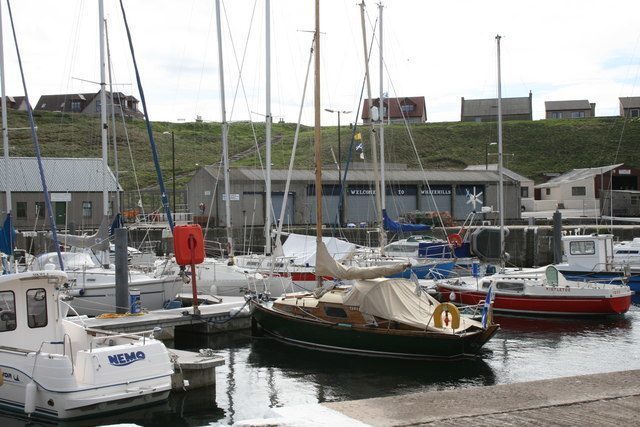There are so many reasons to choose SimplyFixIt for your iPhone Repairs. Our technicians are certified by Apple. We use the highest quality screens available, including genuine Apple screens, and we pay our staff the Real Living Wage.
For over 25 years we have carried out computer and other IT repairs for people who came into our shops, and now we can give the people of Whitehills the same quality of repairs for their iPhones.
Mail-In iPhone Screen Repairs for Whitehills, by SimplyFixIt
People from Whitehills choose SimplyFixIt as their iPhone repair company because we offer the highest standards of repairs, including using genuine Apple screens, which typically can't be matched by a local independent computer store. They post us their iPhone, which is professionally repaired, and returned by a secure overnight courier. In most cases, they receive their iPhone back 2 days after they post it to us.
Fast Repairs
Quality Components
Spread the cost
All Repairs Guaranteed
At SimplyFixIt, we believe that doing things right is better than doing things quickly, so there may be some cases where we need just a bit longer to get your iPhone ready. Don't worry though, as soon as the iPhone repair is completed, we'll be in touch to let you know. We can then arrange a secure, express delivery back to Whitehills.
SimplyFixIt customers near Whitehills
We Fix iPhones for people from all over the country, including near Whitehills. Chances are that you live close to one of our customers already. Here is a map of the people1, who live near Whitehills, that have had their iPhone fixed by SimplyFixIt recently. They have posted their iPhone to us, and then we repaired it and sent it back using an insured, overnight courier service.
1For security & data protection reasons, we are not showing the exact location of our customers. We apply slight randomness to the location markers, so they don't show the exact address. The markers fall in a slightly different location each time, but the general area is correct.

Send your iPhone to us via Royal Mail Special Delivery, which should provide you with adequate insurance. We will fix it and return it to you without any fuss.
Choose an iPhone
More about Whitehills
Whitehills is a small fishing village in Banffshire, Scotland, that lies three miles (five kilometres) west of Banff on the Moray Firth. It forms part of the Aberdeenshire council area.
It surrounds a rocky bay to the west of Knock Head. It has grown as a fishing village since the C16 and developed especially in the C19. It is characterised by its C18/19 old village which stretches along the shore towards the harbour. This has developed like other Moray Firth fishing villages, with small houses clustered around each other with gable ends facing the sea. The exteriors are painted a variety of colours; gable ends face the sea and there is extensive use of rybats and edge detailing as well as distinctive white grouting between granite blocks. Most houses front directly onto the street with small informal spaces between them.
The village spread inland in the C19 through the development of terraced 1+1⁄2-storey and detached villa housing. The shore, links and extensive views from throughout the village add a sense of openness. The landmark buildings in Whitehills are the Parish Church (built in 1773) and the Downie's Fish Processing Plant, as well as the marina.
The clock tower of Trinity Church of Scotland (1879) was built by Alexander Ross. The Methodist Chapel, meanwhile, dates to 1840.
During the C20 the town has developed to the east and also along the southerly edges. Around half the building stock is low density, private new build; these are built in a style which is typical of most modern development. The 20/21C extension to the village has little in common with old town character or its street pattern and its recent spread means that the village can clearly be seen from Banff. The village's exposed location, sea views and unique character, mean that new development is unavoidably obvious. Further expansion to the south west is likely to most favoured by developers, but this should maintain principles of good layout and sympathetic siting in order to avoid the sprawl of the village.